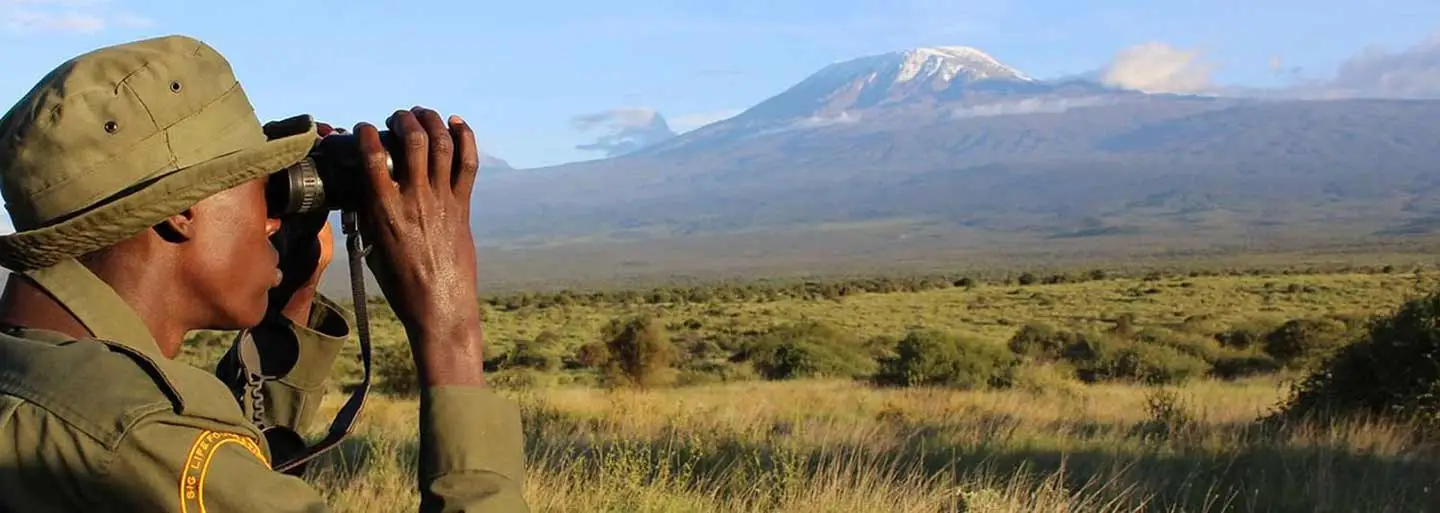Concept Note: Managing Deep Peatland In Singkil, Aceh: Achieving The Goals Of Greenhouse Gas Emission Reduction And Biodiversity Conservation

Author(s): Matthew Linkie , Muhamad Muslich , Matthew Leggett , Willy Marthy, WCS , USAID LESTARI
Publication Date: 2016
DOWNLOAD FILEThis report provides a brief yet informative analysis of the crucial role of peatlands in the ecosystems of Aceh Province, Indonesia. Peat forests contain some of the highest carbon stocks per hectare of any forest, and hence their protection must be a priority of the Government of Indonesia’s greenhouse gas emissions reduction strategy. However, the devastating 2015 Indonesian fire and haze event resulted largely from irresponsible peatland management and shows that Indonesia’s peatlands are under threat. This holds serious consequences for the health, economy, climate, and biodiversity of the region.
Aceh contains three main peat swamp forests: Tripa, Singkil, and Kluet. Tripa demonstrates how quickly a deep peatland can be degraded by illegal oil palm encroachment and the systematic use of fire to clear forested land. The two remaining deep peat forests, Singkil and Kluet, are both are still relatively intact but are under threat from illegal oil palm and logging interests. The ongoing illegal drainage, degradation, and conversion of Singkil and Kluet greatly heighten the risk of widespread fires across much of the western Leuser Ecosystem. The experience from Tripa shows that a proactive and pre-emptive approach is critical for avoiding fires. The Situation Analysis presented in this report reveals several key gaps that undermine efforts to safeguard Singkil Wildlife Reserve and Aceh’s other peat swamp forests – the low management capacity of BKSDA, lack of actionable information on illegal oil palm and timber supply chains, lack of transparency on the status of existing concessions, and poor knowledge of district government on land use planning policies and laws.



